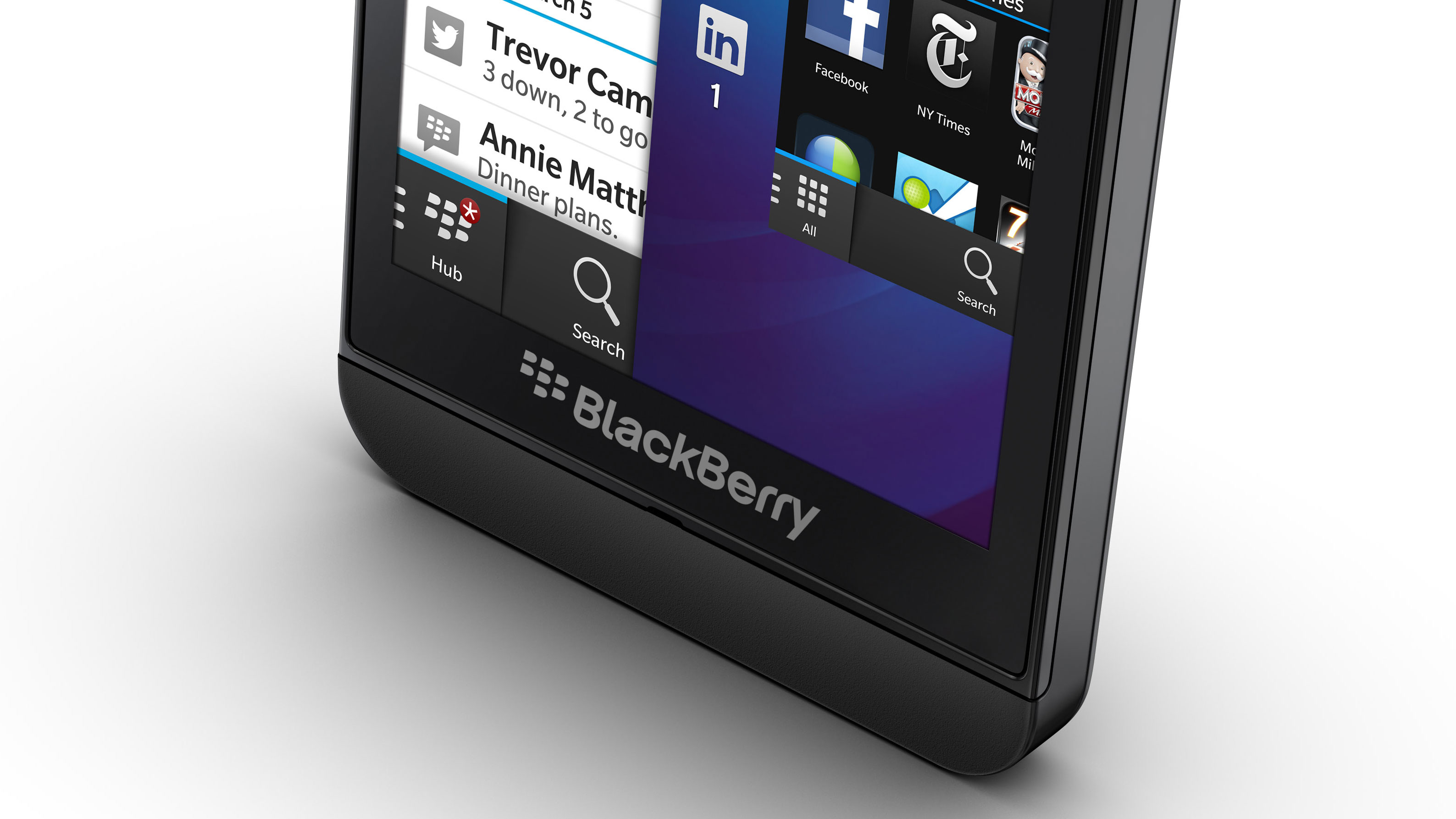BlackBerry joins Internet of Things bandwagon with QNX-infused ION project
A four-year gestation period

BlackBerry might no longer be a force to be reckoned with in the smartphone market but it's hoping to become a leader in the Internet of Things (IoT) for businesses.
It unveiled a number of projects, lumped together under the codename Project Ion, at the O'Reilly Solid Conference on Wednesday.
A statement issued by the Ontario-based company says that it is a fundamental part of its vision to offer "end-to-end solutions" for the IoT market, a vision that is loosely reminiscent of what Apple did in the smartphone market with the iPhone.
The three steps of Project Ion include the creation of a secure public application platform (PAP) on which an ecosystem consisting of partners, carriers and application developers will be grown. That will then lead to a number of strategic partnerships to be drawn.
An OS in the cloud
A blog post by Alec Saunders, Vice President, QNX Cloud at BlackBerry, hinted that there's more to come. The internet of things, he said, is just the beginning.
QNX, the realtime operating system that it acquired back in 2010 when it was still called RIM, is at the core of Project ION. Indeed, it will power the PAP and will be cloud-based according to Saunders.
The business IoT market is expected to generate trillions of connections from billions of connection and spawn exabytes of data every day.
Are you a pro? Subscribe to our newsletter
Sign up to the TechRadar Pro newsletter to get all the top news, opinion, features and guidance your business needs to succeed!
Being able to grab even a small slice of that pie - which Cisco's CEO evaluated at $19 trillion - could bring in enough revenue to make BlackBerry relevant in 10 years' time.

Désiré has been musing and writing about technology during a career spanning four decades. He dabbled in website builders and web hosting when DHTML and frames were in vogue and started narrating about the impact of technology on society just before the start of the Y2K hysteria at the turn of the last millennium.